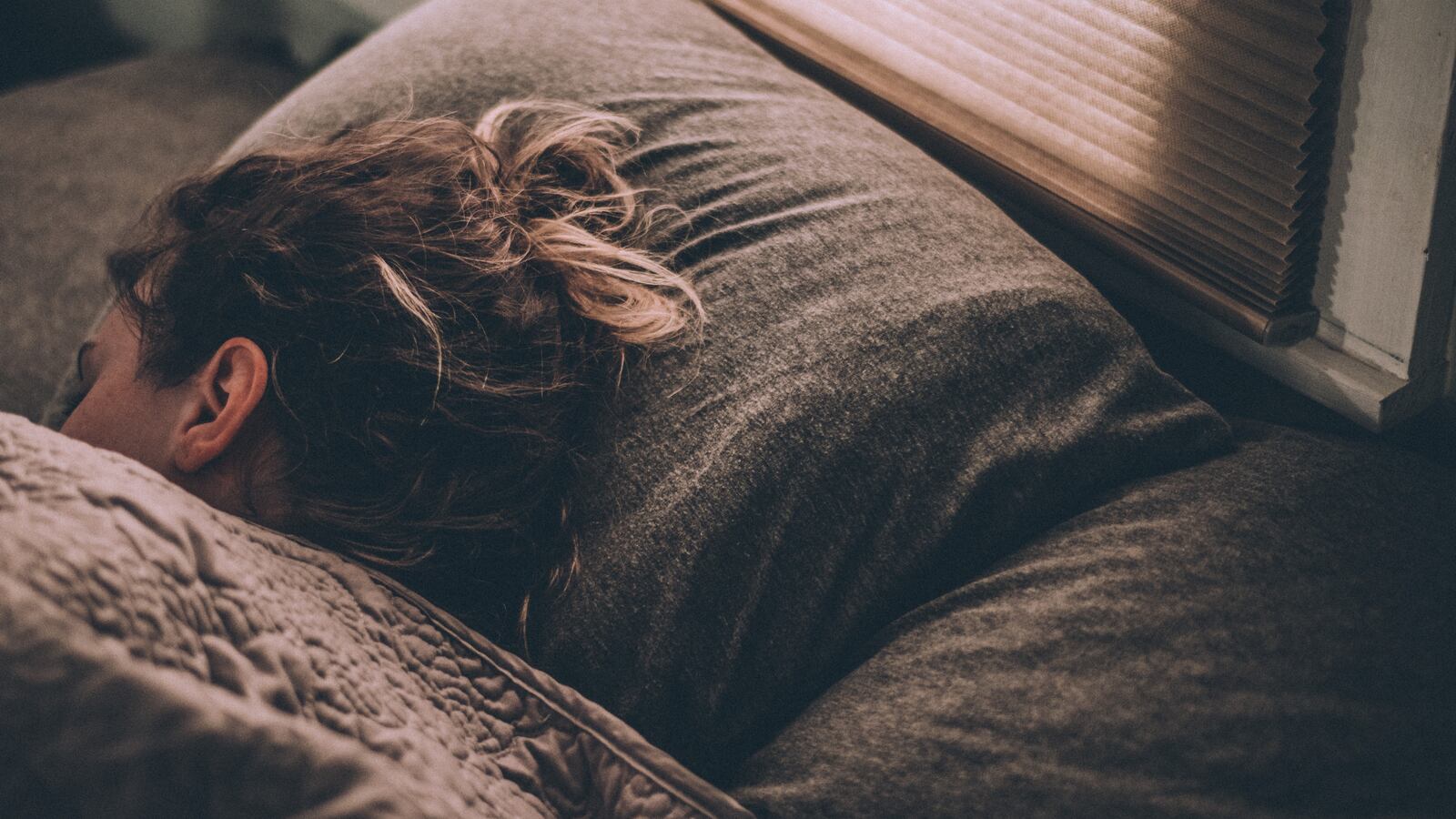'Any reason to take a nap is a good one—but a new study from MIT and Harvard adds to the growing body of evidence that a quick snooze can actually do wonders to unlock your creative potential.
Scientists published a paper Monday in the journal Scientific Reports that showed that short naps can help the brain come up with creative solutions to tough problems. The phenomenon occurs during the very early stages of the sleep cycle known as hypnagogia, or the liminal space right between dozing off and being awake.
The study’s authors also helped sleepy volunteers access this creativity sweet spot by talking them through a guided dream in a process called “targeted dream incubation.” Along with sounding like it came straight out of Inception, the process helped participants be more creative when it came to the topic the dream was about.
“When you are prompted to dream about a topic during sleep onset, you can have dream experiences that you can later use for these creative tasks,” MIT neuroscientist and co-author of the study Kathleen Esfahany said in a statement.
This latest paper built off of a 2021 study from French sleep researchers that found that participants were more likely to be able to solve math problems after waking up from hypnagogic sleep. The MIT and Harvard team took these revelations a step further by seeing if the same transient sleep state could help people with more creative tasks like storytelling.
“One of the goals of our group is to give people more insights into how their brain works, and also what their cognitive state is and how they may be able to influence it,” MIT media technology professor and co-author of the paper Pattie Maes said in a statement.
The team created a device dubbed Dormio that could help guide participants through targeted dream incubation: basically a type of glove that measures physical sleep markers such as heart rate that is connected to a smartphone app. As the user enters hypnagogic sleep, the app starts to prompt them with specific dream topics. Just before the user enters the next stage of sleep, the app wakes them up and the user records what they dreamt.

During sleep onset, a window of opportunity for interfacing with sleep arises in the form of hypnagogia, a semi-lucid sleep state where we all begin dreaming before we fall fully unconscious.
Oscar RoselloFor the study, the researchers split up 49 participants into four groups. One was given the Dormio device and 45 minutes to nap. During this time, the app prompted them to dream about a tree and recorded their responses. Another group of participants also used Dormio but were only asked to observe their own thoughts. The last two groups stayed awake for 45 minutes.
After the 45 minutes were up, the authors asked the participants to write a creative story that included the word tree. The groups that were prompted to dream about trees wrote the most creative stories as determined by human judges who read each one and weren’t told which group wrote the stories. The group that took a nap but weren’t prompt also had more creative stories than the ones who stayed awake the entire time.
The participants were also asked to complete “divergent thinking tasks,” which helps measure creativity. For these, they were required to list as many creative uses for a tree as they could and they were also given a list of nouns and asked to respond with a verb for each one.

As a subject falls asleep, the Dormio system tracks the transition into sleep and then interrupts it. The subject is suspended in a semi-lucid state in which dreams can be guided toward a particular topic.
Fluid Interfaces Group, MIT Media LabThose who were prompted with the tree dreams performed 78 percent more creatively than those who stayed awake and 43 percent more creatively than those who napped without prompting.
“That evidence suggests that it’s not just being in the [hypnagogic] sleep state that makes people more creative,” Esfahany said. “People are more creative because they are also harnessing the dreams that are occurring in that sleep state.”
Devices like Dormio are pretty much making the dream tech in Inception a reality. Only instead of helping topple a multi-billion dollar company or talking to Leonardo DiCaprio’s dead wife, it could help you finally finish that novel you’ve been working on.
Luckily, you don’t need to wait for a product to hit the shelves either. The researchers released a simplified version of Dormio online for free, and said that it’s all a part of an effort to help people easily harness the power of their creative brain. Try it out for yourself the next time you’re working through a tricky creative problem.







